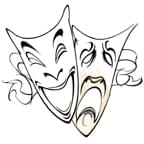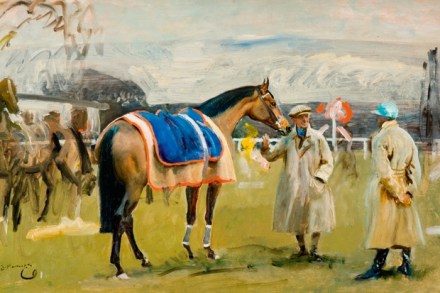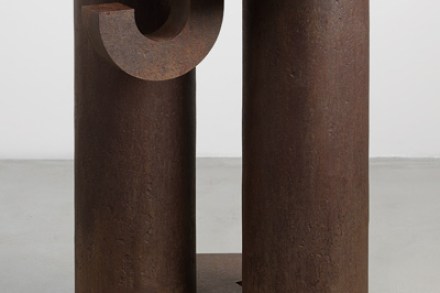The Lisson show is so hermetic, sometimes we flounder for meaning
ExhibitionsThe title of the Lisson Gallery’s new show, Nostalgic for the Future, could sum up the gallery’s whole raison d’être. From its inception in 1967, the Lisson has championed the cutting edge, providing a British and European platform for the major conceptual and minimal artists from the States — Sol LeWitt, Carl Andre and Dan






























